Beijing Institute Of Graphic Communication
Beijing Institute Of Graphic Communication
Beijing Printing College is a full-time general higher education institution established by the Beijing Municipal People's Government and the former General Administration of Press and Publication. The school's predecessor was the Cultural College established by the Ministry of Culture in 1958; the Cultural College was abolished in 1961 and its Department of Printing Technology was incorporated into the Central Academy of Arts and Crafts; in 1978, with the approval of the State Council, the Beijing Printing College was established on the basis of the Department of Printing Technology of the Central Academy of Arts and Crafts, which was managed by the former State Publishing Administration; and in 2000 The school is assigned to Beijing. After 60 years of construction and development, it has become the only multi-disciplinary university specializing in training talents for the whole industry chain of publishing media, which has obvious advantages and characteristics in printing and packaging, publishing and dissemination, design and art.
There are currently 13 secondary colleges (teaching departments) in the school, namely, Printing and Packaging Engineering College, Press and Publishing College, Design Art College, New Media College, Mechanical and Electrical Engineering College, Information Engineering College, Economics and Management College, Marxist College, Vocational and Continuing Education College, International Education College, Basic Department and Outside. Language Department and Sports Department. The school has 26 undergraduate specialty enrollment, including 2 national specialty construction points, 4 Beijing specialty construction points, and printing engineering specialty, which have been awarded the first batch of first-class undergraduate construction specialties in Beijing; 17 national-level high-quality products and planning textbooks; and the national experimental teaching demonstration center and the National University Students'off-campus. Practical education base, etc.
There are 806 teachers and staff in the school, of which 507 are full-time teachers, and 57.14% are full-time teachers with senior professional titles. It has formed a high-level talent team represented by the national "1000-person plan" special professor, the Beijing "Haiju Project" special professor, the government special allowance expert of the State Council, the high-level talents of the Beijing Talents Strengthening School Program, and so on; the leading talents of the national and Beijing journalism and publishing industry, the China Publishing Government Award, Bi Sheng Printing. The outstanding achievement award winners and other leading talent teams in the industry; the young talent teams represented by Beijing science and technology novae and young top talent; and the excellent teaching talent teams represented by national outstanding teachers and outstanding teachers in Beijing.
The school insists on characteristic development, and promotes core competitiveness with characteristic discipline construction. The school has 12 First-Level Discipline master degree authorization points, 5 professional degree authorization points, 4 key construction disciplines in Beijing and 2 advanced disciplines in Beijing universities. The school has the National Green Printing and Packaging Industry Cooperative Innovation Base, Beijing Printing and Electronic Engineering Research Center, National Digital Compound Publishing System Engineering Laboratory, Beijing Key Laboratory of Digital Media Art, Comprehensive Laboratory of Application and Service of Key Technologies in Press and Publishing, High-end Printing Equipment Signal and Technology Information Processing Beijing Key Laboratory, Beijing Cultural Industry and Publishing Media Research Base and other 11 provincial and ministerial key laboratories. In 2018, the school was approved to award new doctoral degrees to construction units in Beijing. In 2019, two first-level disciplines, school design and Journalism and communication, were included in the list of top-level disciplines in Beijing universities.
The school vigorously promotes scientific research and implements the driving project of scientific and technological innovation. In the past five years, he has presided over 169 national and provincial-ministerial scientific research projects, commissioned 284 projects and 457 horizontal scientific research projects, with a total research expenditure of more than 300 million yuan. He has published more than 1200 retrieval papers such as SCI, EI, ISTP and CSSCI, published more than 500 books and textbooks, obtained more than 600 authorized patents, and won awards for scientific research achievements at provincial and ministerial levels. 18 items. The school was approved as a post-doctoral research workstation in 2013, and has independent post-doctoral qualifications for recruitment and training.
The school strengthens the combination of production, teaching and research, and establishes a research platform covering the printing and publishing industry chain. Focusing on the school characteristics of "integration of creative design and craftsmen", a "one academy, three gardens" double-creation development mode has been formed, which is based on the transformation platform of scientific research achievements of Beijing Green Printing and Packaging Industry Technology Research Institute. The University Science and technology park, cultural and creative industry park and University Students'innovation and entrepreneurship Park support and integrate each other to build a "north" The two bright spots of India Science Creation and North India Literature Creation are to build an integrated industrial complex for industry, University and research. The school actively adapts itself to the development of national strategic emerging industries and the construction of Beijing's "Four Centers", closely follows the transformation, upgrading and integration of printing and publishing industries, conducts a series of scientific and technological research and consulting decision-making studies, and achieves a number of high-level research results.
The school insists on opening to the outside world and vigorously strengthens foreign exchanges and cooperation. The school has established inter-university cooperation and exchanges with more than 50 universities and research institutes in more than 30 countries and regions such as the United States and Russia, and signed agreements on joint training and awarding of degrees for undergraduates, postgraduates and undergraduates and postgraduates. In the past five years, more than 560 teachers and students have gone to foreign cooperative colleges and universities to carry out learning exchanges. In recent years, a breakthrough has been made in the education of foreign students in schools. A total of over 500 international students from more than 40 countries have been recruited to provide talent support for China's printing and packaging enterprises along the "one belt and one road" area and the state. In 2017, the school was selected as the first national training base for "one belt and one road" in Beijing, and became the base Secretariat unit.
Over the past 60 years, the school has trained more than 50,000 graduates, which has been widely recognized by the society. The school is the former national publishing and printing senior personnel training base recognized by the State General Administration of Press and Publication, the national green printing and packaging industry collaborative innovation base, and the Beijing cultural and creative industry talent training base recognized by Beijing; the standing vice-chairman unit of the Teaching Steering Committee of publishing specialty of colleges and universities is affiliated with the secretariat. Units: Initiators and directors of China Printing Higher Education Alliance, National Digital Publishing Professional Education Alliance, National Printing and Electronic Industry Technological Innovation Alliance, National Traditional Printing Industry Technological Innovation Alliance, Beijing-Tianjin-Hebei Design Industry Alliance, etc.
Entering a new era, the school insists on forgetting its original mind, keeping its mission in mind, carrying forward the past, opening up and innovating, and striving unremittingly for the construction of a university with distinctive features and high level of publishing and media.
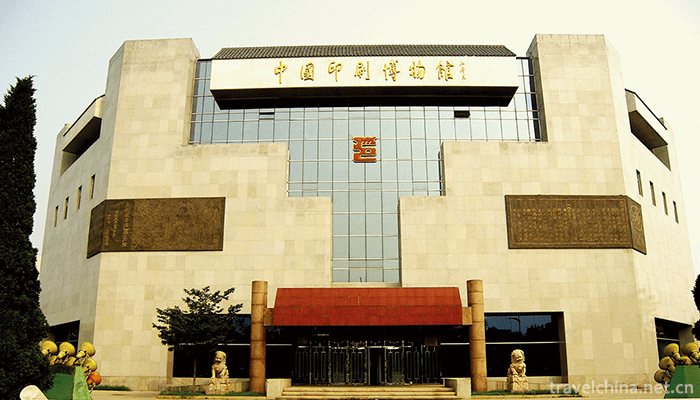
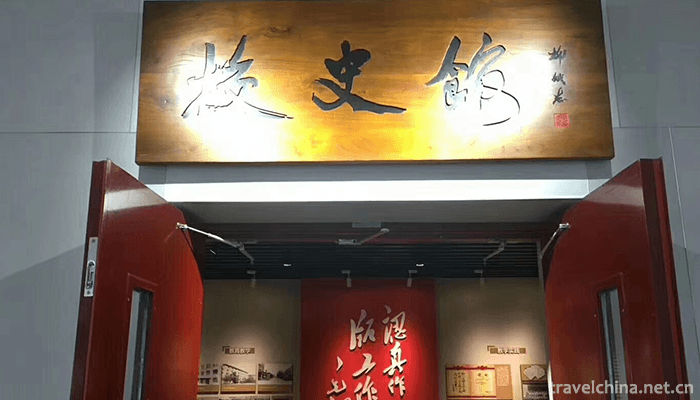
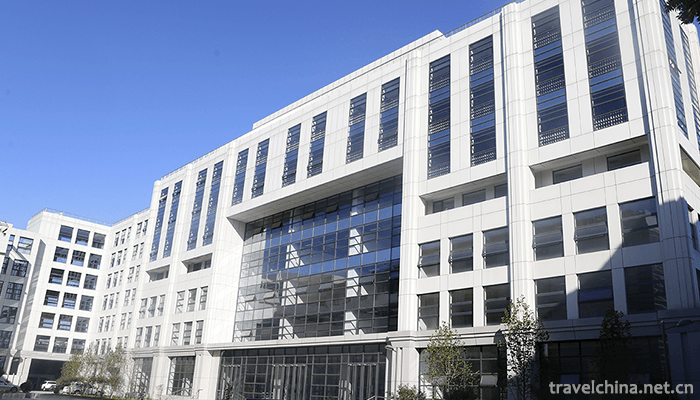
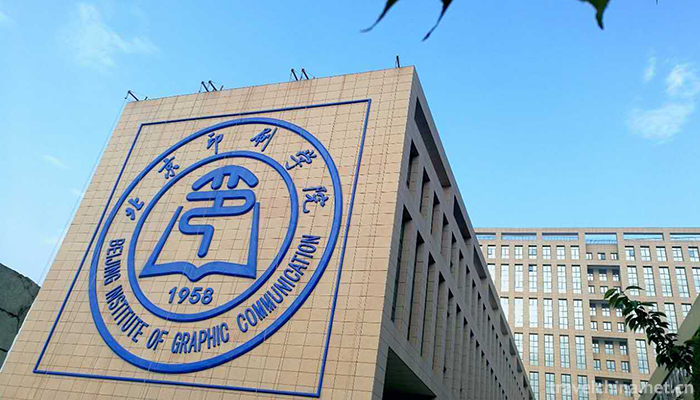
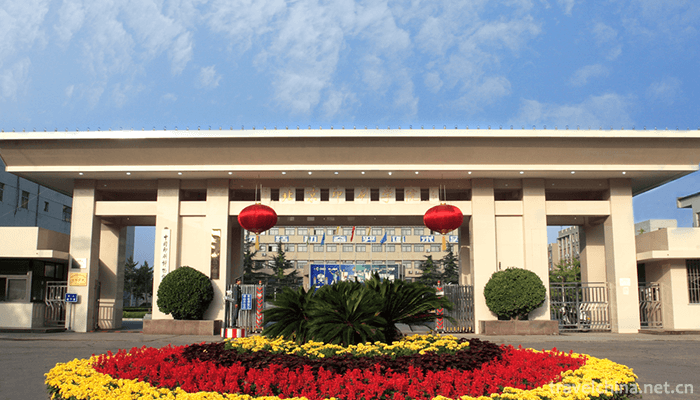
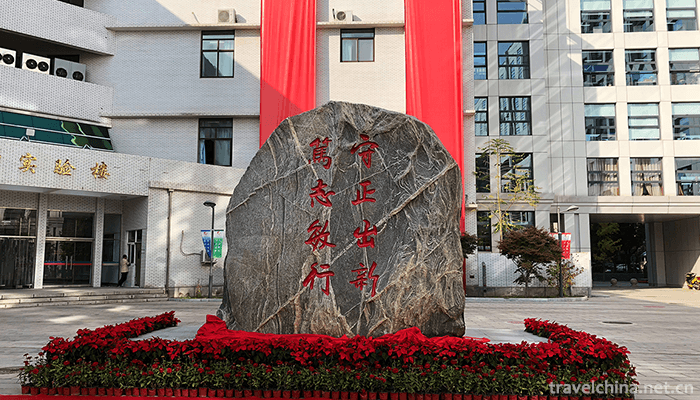
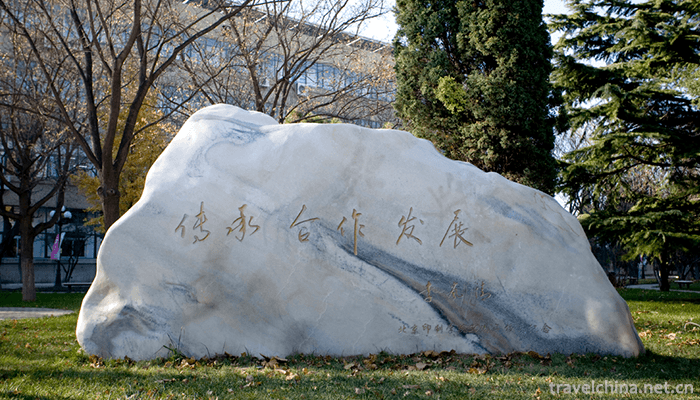
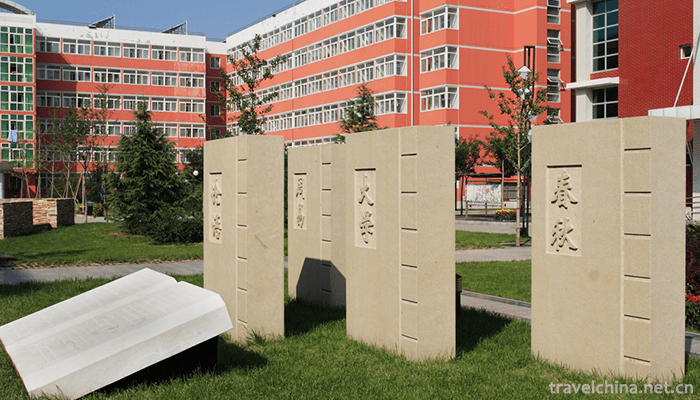
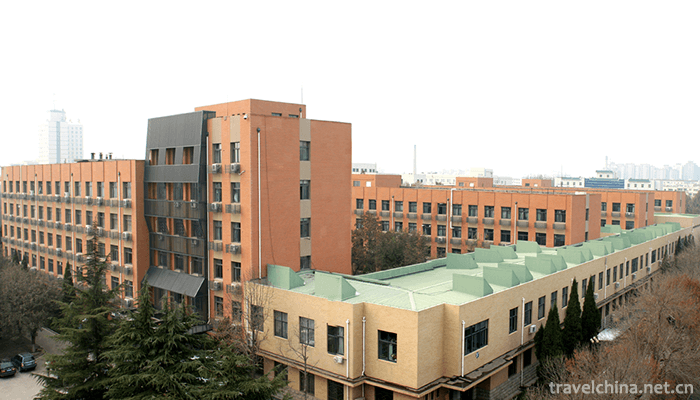

-
1.Mahjong
Mahjong, originated in China, is commonly known as Sparrow in Guangdong, Hong Kong and Macao. It is a game invented by the ancients of China,
Time 2018-11-13 -
2.Mingyue Gorge Scenic Area
Mingyue Gorge is located in the eastern section of Jialing Jiangxi Lingxia, Guangyuan, Sichuan Province. It covers an area of 6.1 square kilometers and is about 33 kilometers
Time 2019-02-07 -
3.Rice custom
Wannian rice custom and Shangrao Wannian County custom are cultural heritage. Wannian is the "land of rice". The traditional rice custom has been passed down in this area for thousands of ye
Time 2019-04-26 -
4.Stories of Marine Animals
Marine animal stories are mainly handed down orally. The traditional folklore stories circulated in the islands for a long time have been formed and disseminated in Dongtou
Time 2019-05-02 -
5.Yueqing Poplar Wood Carving
Yueqing boxwood carving, a kind of ornamental round carving art with boxwood as its material, is mainly popular in Houhengcun, Wengyuan Street and Lecheng Street of Liushi Town in Yueqing City,
Time 2019-05-11 -
6.Legend of Lugou Bridge
The legend of Lugou Bridge is very rich in content, including the construction of Lugou Bridge, the lion on Lugou Bridge, Lugou pier chopping dragon and sword, Lugou Xiaoyue, Lugou Bridge and Wanping
Time 2019-05-15 -
7.Manas
Manas, the traditional folk literature of Kirgiz Autonomous Prefecture in Kizlesu, Xinjiang, is one of the national intangible cultural heritage.
Time 2019-05-16 -
8.Prince Wuwuwu quarrel
Prince Wujiaozi is one of the unique traditional folk dances in Beijing. It integrates entertainment, fitness and performance. Wujiaozi has a strong style, rough style, relaxation and generosity. Part
Time 2019-06-18 -
9.Yanbei Playing with Children
Yanbei children's play, also known as cough cavity, is popular in Datong City, Shanxi Province and its surrounding traditional drama, one of the national intangible cultural heritage.
Time 2019-07-10 -
10.Panzhihua College
Panzhihua College is the only comprehensive undergraduate college in southwest Sichuan and northwest Yunnan, where the Ministry of Education locates. The school is located in Panzhihua City, a famous
Time 2019-08-31 -
11.Cao Tiancheng
Cao Tian Cheng, Sui Dynasty people. According to the history of Sui Dynasty in the twenty four histories, Cao Tian is also known as "Tiancheng". Ask for advice Bo Yang, Jiangxi. At the end o
Time 2019-09-14 -
12.Yibin tertiary industry
In 2019, the real estate development investment in Yibin City is 35.74 billion yuan, an increase of 14.5% over the previous year. Among them, residential investment was 27.018 billion yuan, an increase of 18.0%; the investment of office building was 4
Time 2020-12-18